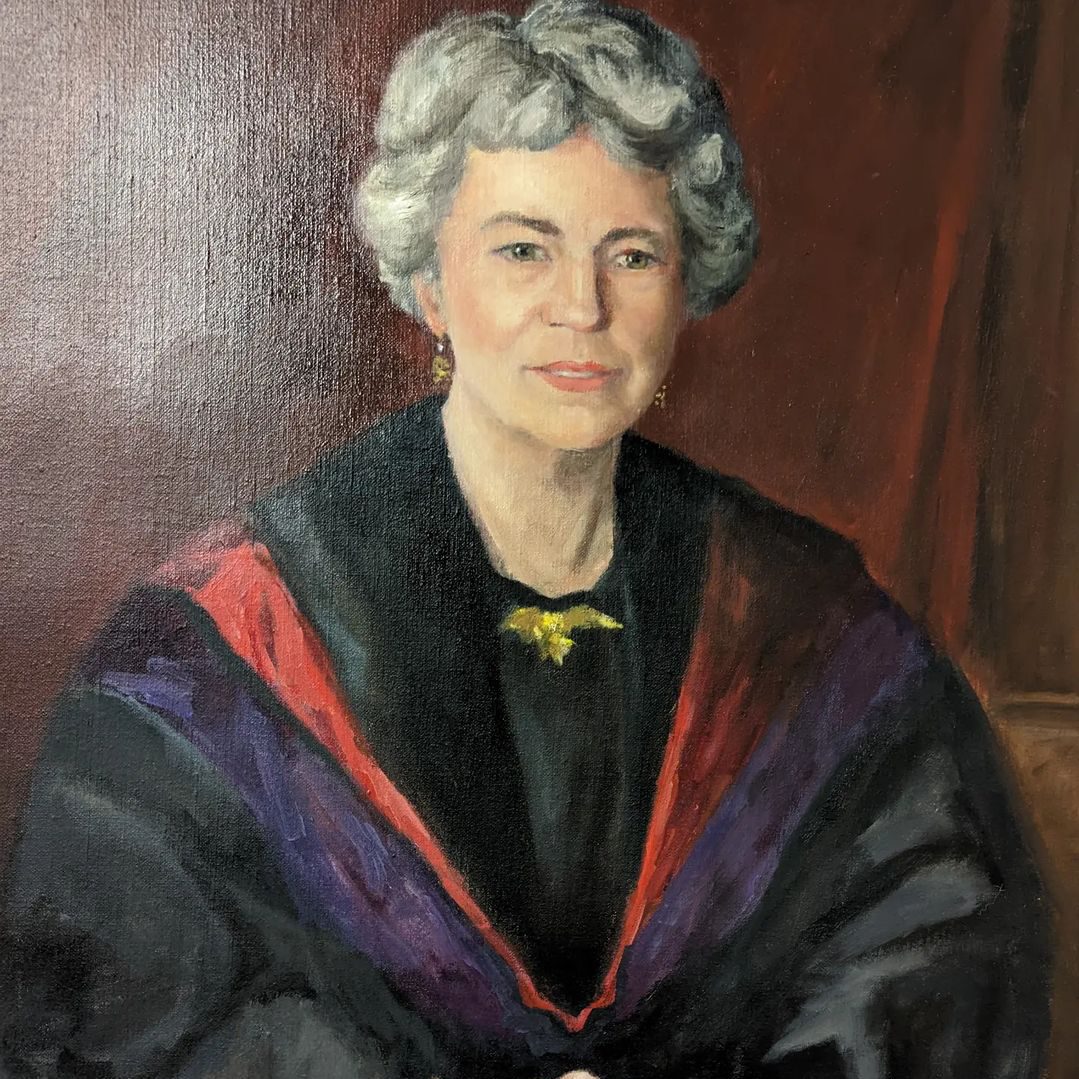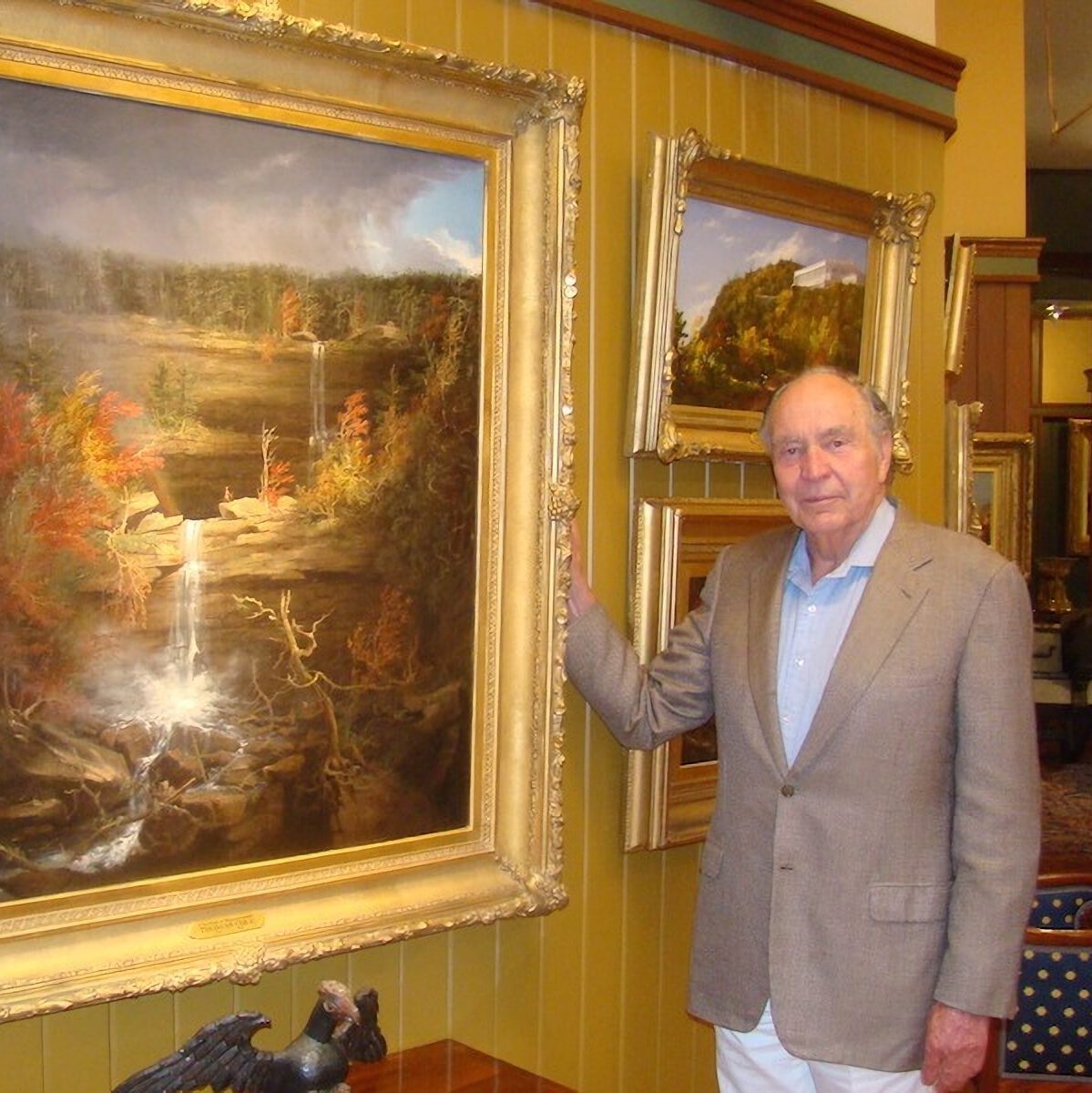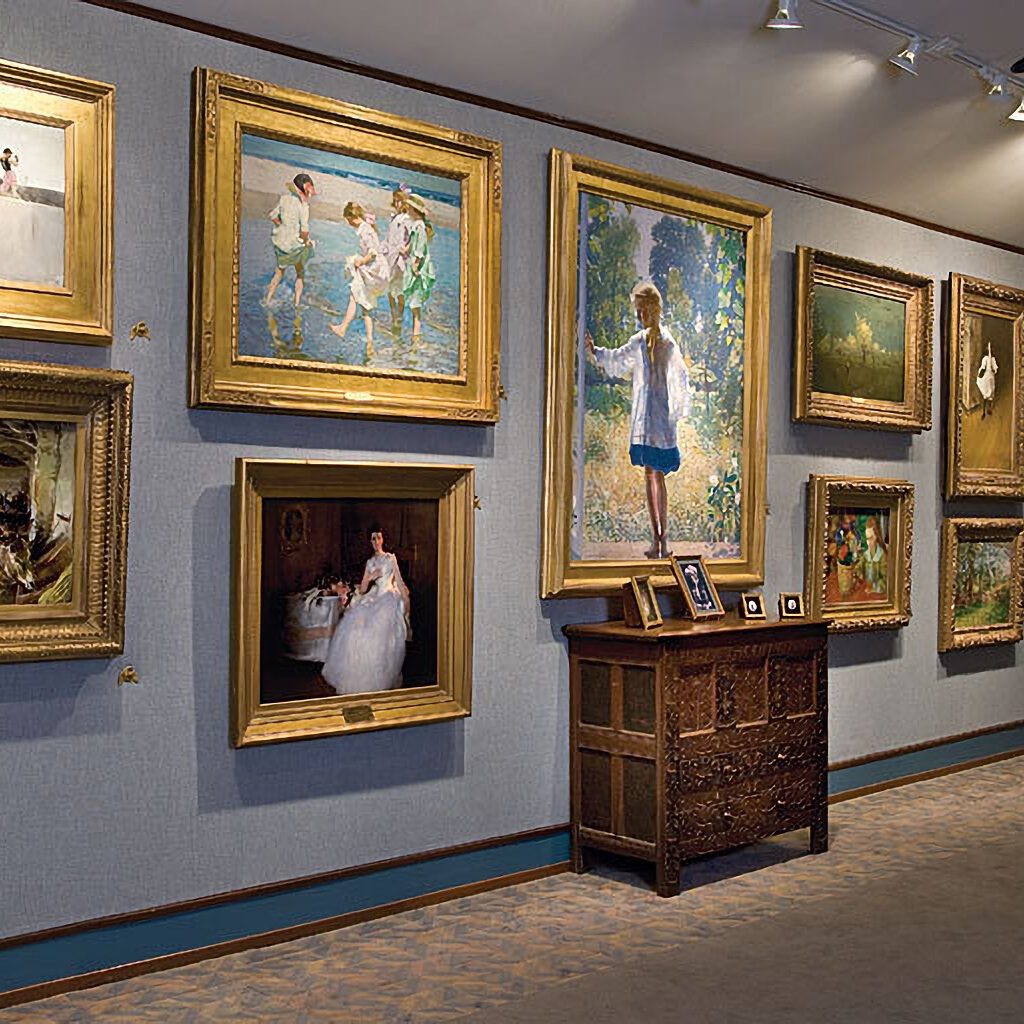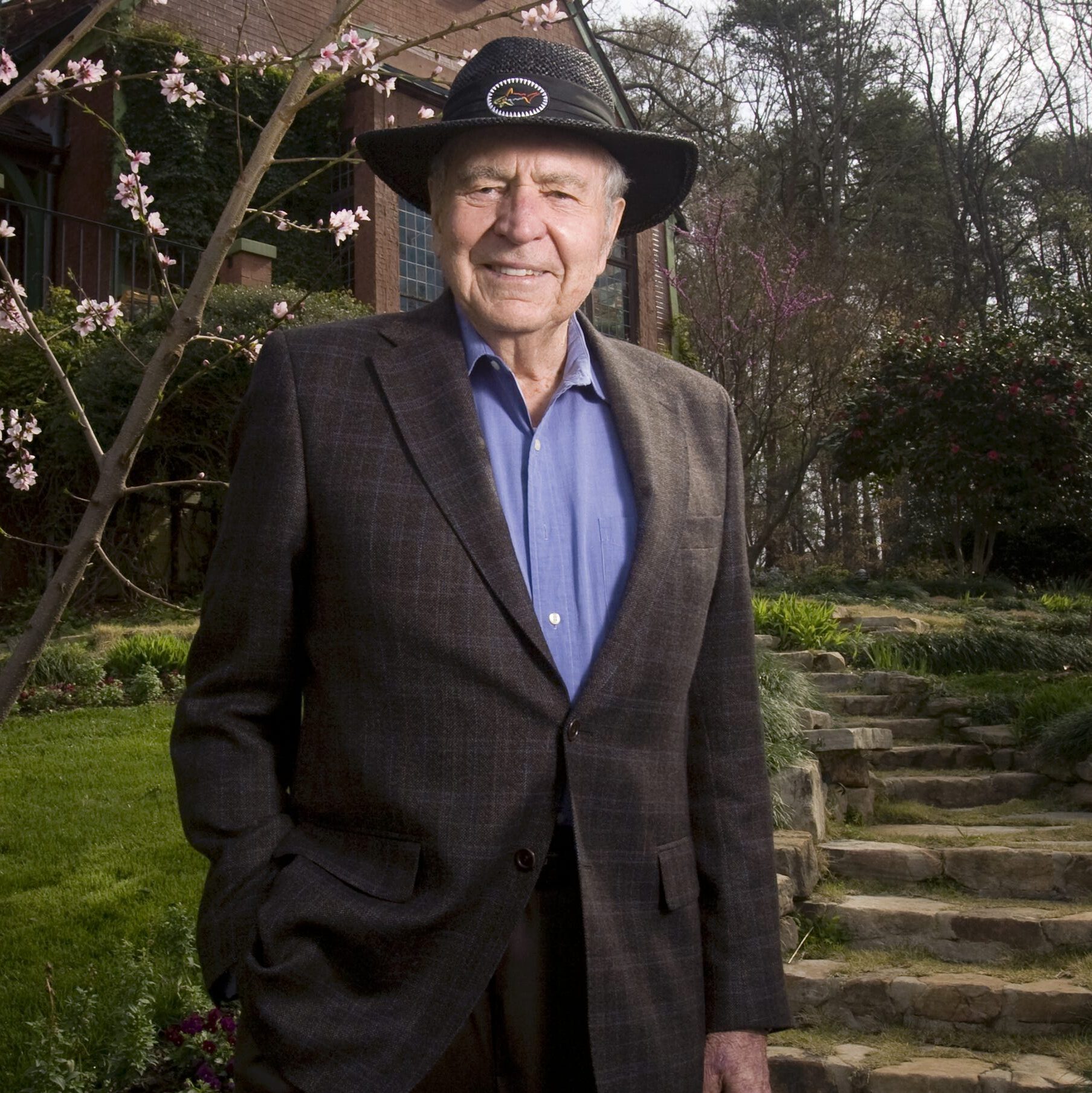History of the Foundation
Dedicated to Philanthropy for More Than 90 Years
How the Foundation Started
The Warner Foundation was begun by Mildred Westervelt Warner in the 1930’s as the David Warner Foundation in honor of her eldest son, David Warner (1915 – 1927), who died tragically in a swimming accident at the age 12. The David Warner Foundation was established as a privately funded, non-operating family Foundation that was used to benefit the University of Alabama and many other educational, religious and local civic charities. In addition to the initial endowment, the Foundation benefited from many generous contributions by the family company, Gulf States Paper Corporation (GSPC), started by Mildred’s father, Herbert Eugene Westervelt, with the patent on the first flat-bottomed brown paper bag.


A love of American History
Following Mildred’s retirement in 1957, and her death in 1974, leadership of the family business and the family Foundation fell to David’s brother, Jonathan (“Jack”) Westervelt Warner (1917 – 2017). As a veteran of World War II and a graduate of Washington and Lee University, Jack’s philanthropic interest began to reflect his patriotism and love of American history. Beginning in the 1970’s and continuing until his retirement in 1990, Jack personally oversaw his company’s investment in one of the world’s finest collections of American art, furnishings and sculpture, including masterpieces spanning the late 18th to the early 20th Century.
The Museum
In 2003, the David Warner Foundation became the Jack Warner Foundation, which opened and operated the Westervelt Warner Museum of American Art (WWMAA), which included not only the GSPC collection, but that of the Foundation and of Jack Warner, personally. Located in a remodeled conference center on the grounds of the North River Yacht Club, the museum included seven (7) galleries and offered docent training classes and educational art and history tours to thousands of visitors yearly.


Philanthropy
The Warner Foundation transitioned once again to a non-operating philanthropic foundation in 2011, due to the decision by GSPC to de-accession its collection. WF remains committed to promoting education in American History through the visual arts, supporting various organizations including other Museums of American Art with their program to foster the teaching of American History and simultaneously, American Art.
